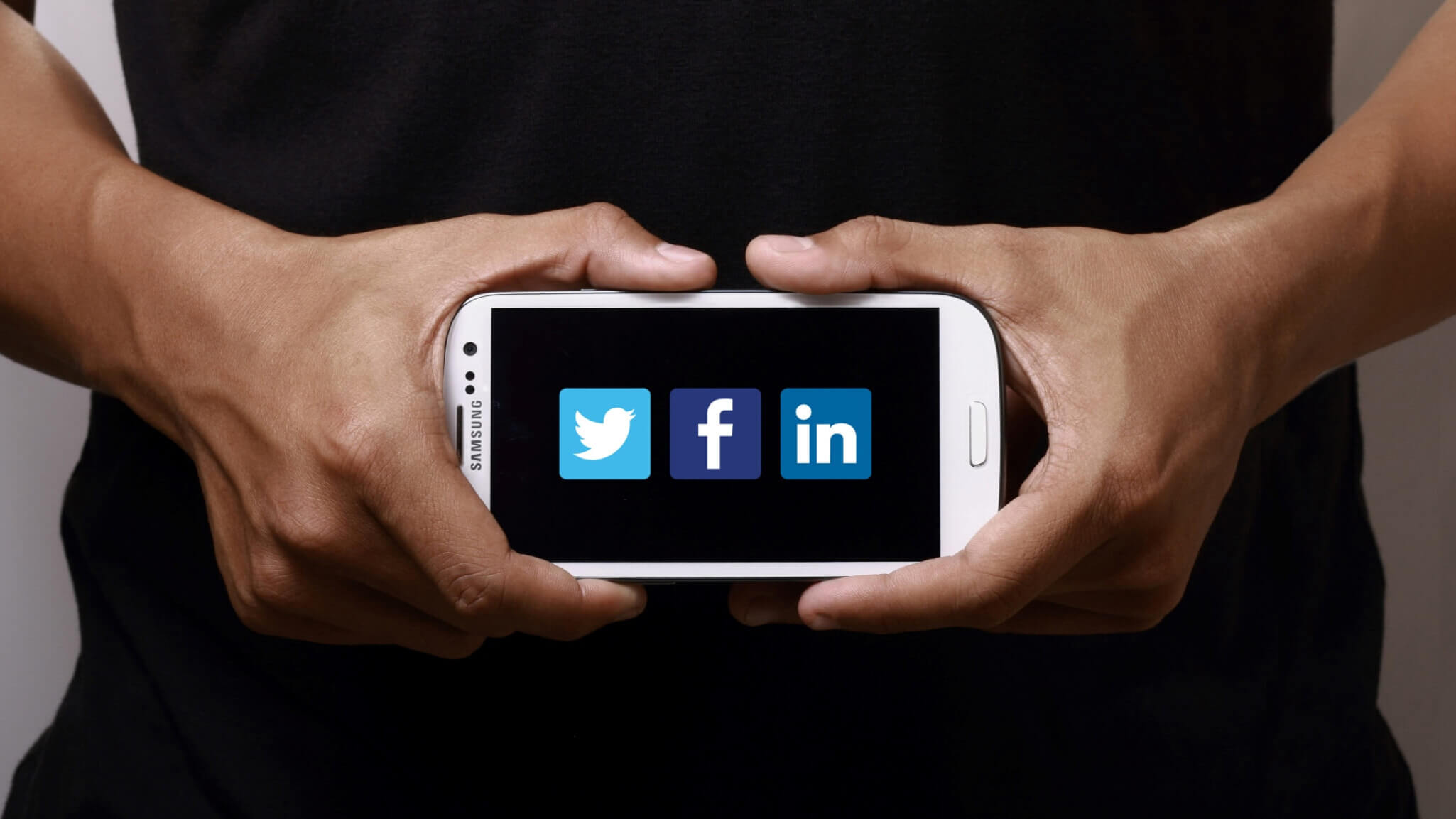Social media is more than a direct marketing channel; entire businesses have been built on its wider possibilities. Paul English, partner at Prophet, shows us how it's done.
Apart From Marketing, What Is Social Good For?
Social media is more than a direct marketing channel; entire businesses have been built on its wider possibilities. Paul English, partner at Prophet, shows us how it's done.

So it’s 2015, and you’ve got “Social” down pat. The Facebook page, Twitter page and YouTube channel are all graphically coherent, and you’ve got your content calendar humming. The mystery of social media that was dropped on your lap in 2011 has been solved, and your follows, likes and shares are up year-on-year. You’ve even got more fans than your closest competitor
Why then the sinking feeling when procurement, or better yet, the chief exec, asks you what “specifically” your social media platform is delivering to the business? Awkward silence ensues. “Dislike!”
As marketers become more accountable for their spending, there’s increasing pressure to deliver hard numbers. Many social media “gurus” will attest that social can’t be quantified in traditional ways, that it’s not about “hard” return, but more about the “soft” benefits. If they’re right, it’s only to an extent – in some cases social media can deliver brand benefit by increasing perception as a more sociable and human company. With enough work you might be able to put some useful metrics around this.
"Understand the fans and make friends with them, instead of talking as a brand"
But savvy companies in 2015 know that using social media primarily for marketing risks missing the point. They understand that you can apply “hard” metrics when engaging in activities that are likely to deliver return.
Today, the companies benefitting from social media are working towards becoming social businesses instead of just social media marketers. They’re leveraging social more holistically to shape product development, offer better customer service, optimize internal collaboration, manage crises, boost sales, and recognise their best customers.
Smart companies are using social media to fuse sales and customer service, for example. Warby Parker, the US online eyewear company lets people order up to five frames to try on for five days, it encouraging shoppers to get feedback from their social-media friends on which pair is the best for them. So the customer benefits from the advice of his friends and Warby gets a natural brand lift – and hard referrals – without hard selling or blatant marketing.
Leave it to an old company to find the new benefits of social media. IBM is a 103-year-old, 500,000-person behemoth that’s become adept at identifying the opportunity of new tech over time. Big Blue was one of the first companies to embrace social media through internally focused social business initiatives.
Looking to form smaller employee communities for better collaboration and connection, engagement with teams on internal social channels is embedded into the fabric of the organisation. In addition, they created a social bookmarking tool called Dogear for knowledge sharing. The financial impact –the hardest of the hard measures – is recognized through less travel, time saved and greater collaboration.
Xiaomi is the $46 billion telco startup that you may well not have heard of. Founded in 2010, it has quickly grown to be the world’s 3rd largest smartphone maker, partly on the strength of its social media platform.
There are a lot of things that make Xiaomi special – its product strategy, its supply chain model and inventory control, its marketing strategy, and if you don’t know them I’d encourage you to look them up. The company is also remarkable in its focus on actively cultivating loyal and vocal fans and leveraging them to both develop and promote its phones and operating systems.
"Xiaomi has figured out how to turn these connections into a growth engine"
Like many companies Xiaomi invests heavily in social media advertising. But it also cultivates its social community with a high degree of priority and authenticity. Dozens of social media staff interact with users on social sites like Weibo but you’ll also find Xiaomi founder Lei Jun announcing company news through social media first, or Xiaomi engineers interfacing directly with users, creating that “human link” that many companies strive for in social media, but few achieve.
Taking social recognition a step further, the company rewards loyal fans with special codes they can give to their friends for priority in product sales (Xiaomi phones notoriously sell out within minutes of release). While many brands belabour the importance of sharable content, Xiaomi puts real social currency in the hands of its fans.
If social media is about creating closer connections between companies and fans, then Xiaomi has figured out how to turn these connections into a growth engine.
Amanda Chen, Xiaomi’s head of overseas marketing, told the Wall Street Journal: “The first [thing] is to understand the fans and to make friends with them, instead of talking as a brand.” From the first group of fans found among its initial product testers to its 10 million+ fans on Weibo, the strategy is paying off. The company sold 60 million phones in 2014, and has no problem selling 150,000 phones in under 10 mintues – from within the WeChat online chat app!
When I read that most companies are under-investing in Social, with only about 10% of advertising budgets allocated to social channels, I only half agree. Yes, most companies are under-investing in social media, but it’s not advertising that should be funding social initiatives – R&D, customer research, product development, sales, service and PR should all be contributing to a robust social platform that’s firing on multiple pistons to drive value and growth.
If the last few years has been about companies figuring out how to make social media hum as a marketing and PR platform, the next few years will belong to those companies that understand how social media and social technologies can help to create unique growth opportunities at other points in the business – from employee engagement and productivity to customer research, product development, and new business models.
Thanks for signing up to Minutehack alerts.
Brilliant editorials heading your way soon.
Okay, Thanks!



